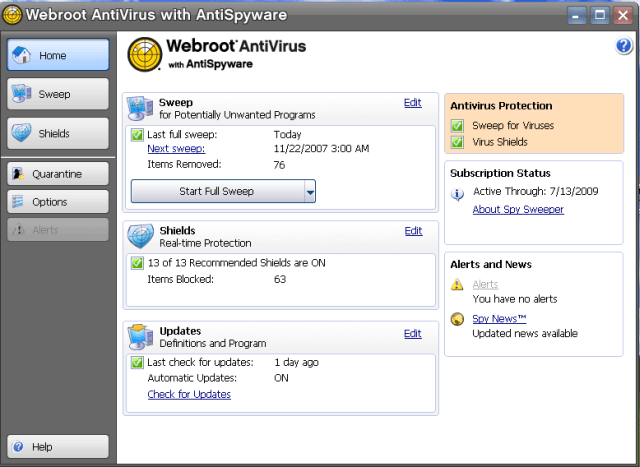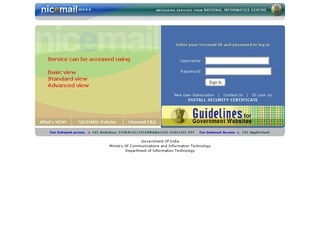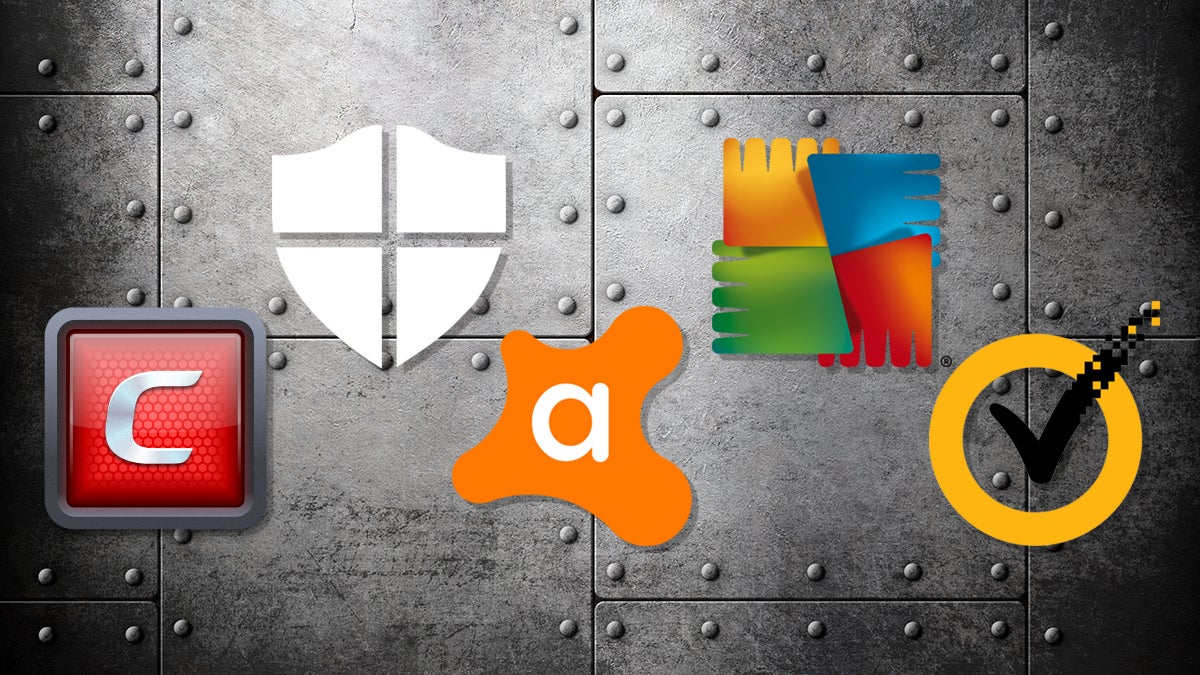
This includes any passwords for websites that may have been cached in your web browser. If you believe your computer is infected, change your passwords. Disabling AutoRun and AutoPlay features prevents external media infected with malicious code from automatically running on your computer.

How can you protect yourself against malicious code?įollowing these security practices can help you reduce the risks associated with malicious code:

Attackers frequently use malicious data files to install malware on a victim's system, commonly distributing the files via email, social media, and websites.

Malicious data files are non-executable files-such as a Microsoft Word document, an Adobe PDF, a ZIP file, or an image file-that exploits weaknesses in the software program used to open it.It is not uncommon that free software contains a Trojan horse making a user think they are using legitimate software, instead the program is performing malicious actions on your computer. Trojan Horses are computer programs that are hiding a virus or a potentially damaging program.Its functionality is to use all of your computer's resources, which can cause your computer to stop responding. Worms are a type of virus that self-propagates from computer to computer.Viruses have the ability to damage or destroy files on a computer system and are spread by sharing an already infected removable media, opening malicious email attachments, and visiting malicious web pages.Various classifications of malicious code include viruses, worms, and Trojan horses.

Malicious code is unwanted files or programs that can cause harm to a computer or compromise data stored on a computer.


 0 kommentar(er)
0 kommentar(er)
